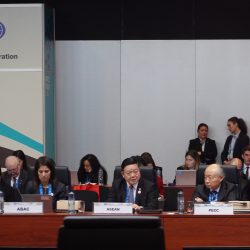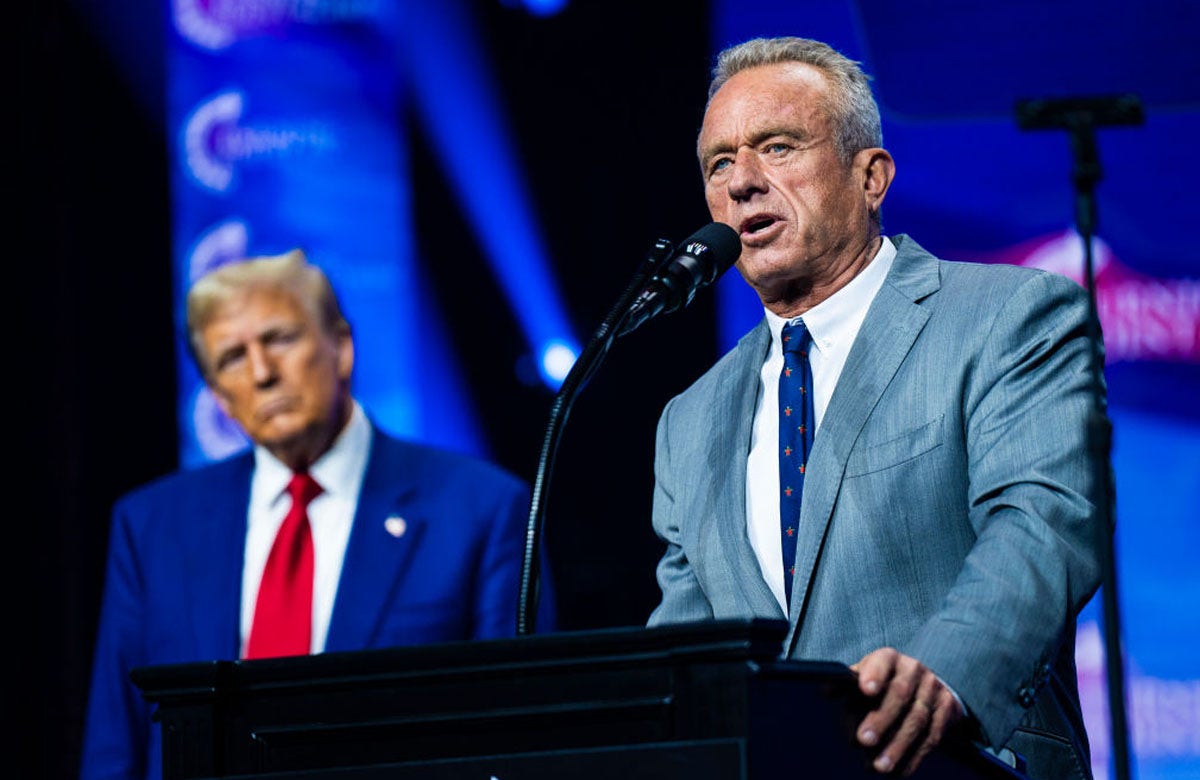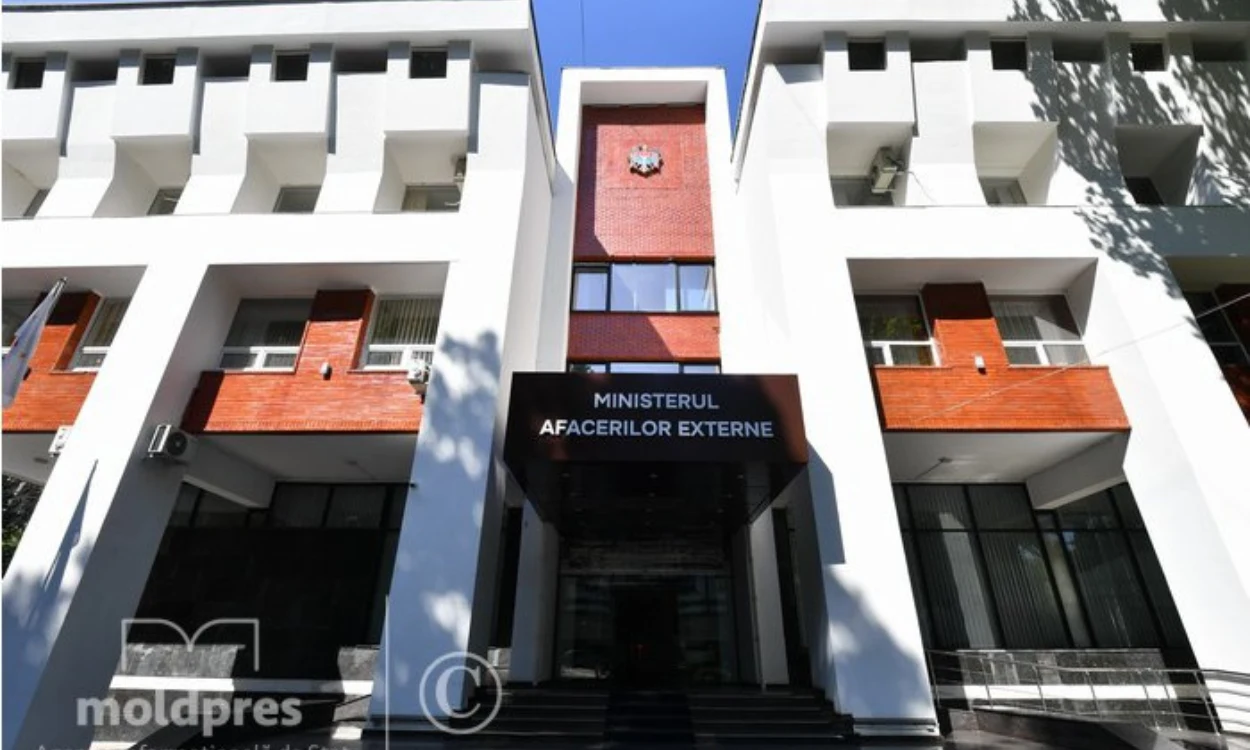Authors: Narayanan (Hari) Gopalan Lakshmi and Yves Tiberghien, UBC
Somewhat surprisingly, India took ten days to comment on US House of Representatives Speaker Nancy Pelosi’s visit to Taiwan and the ensuing large-scale live fire drills launched by China. On 12 August 2022, New Delhi stated that it sought a ‘de-escalation of tensions.’ Then on 28 August 2022, New Delhi accused Beijing of militarising the Taiwan Strait through its High Commissioner in Sri Lanka.
Absent from New Delhi’s statements was any confirmation of support for the ‘One China’ policy. India has not publicly supported the ‘One China’ policy for more than 12 years as a protest against Beijing’s practice of issuing stapled visas to visitors from Arunachal Pradesh — a border region administered by India but which China claims as part of southern Tibet.
India’s strategic ambiguity over the ‘One China’ policy affects its relationship with Taiwan. New Delhi has been slow to capitalise on the opportunity offered by Taiwan’s New Southbound Policy, an initiative that aims to strengthen Taipei’s relations with ASEAN, South Asia and Oceania. That needs to change if New Delhi wishes to become an important stakeholder in the Indo-Pacific region.
India needs to strengthen trade and people-to-people ties with Taipei by explicitly mentioning Taiwan in its Indo-Pacific policy. The deepening of ties is not just a response to the present chill in India’s relationship with China, it reflects the congruence of interests between the two democracies and growing public support for better relations in Taiwan and India.
Despite pursuing multilateral partnerships under the umbrella of pacts such as the Bay of Bengal Initiative for Multi-Sectoral Technical and Economic Cooperation (BIMSTEC), India has been wary of explicitly formulating an Indo-Pacific strategy for fear of antagonising Beijing — a reticence that has gradually disappeared over the past five years.
After China and India were involved in a stand-off along Bhutan’s Doklam plateau in 2021, Indian Prime Minister Narendra Modi outlined India’s first Indo-Pacific policy framework in June 2018. The document explicitly states that it is not a China containment strategy while declaring that ASEAN is central to India’s Indo-Pacific vision. It then stresses the importance of the peaceful resolution of disputes, an open trade regime and the sustainable development of maritime resources and security.
The strategy also focusses on deepening regional connectivity. Strengthening the relationship with Taiwan would come under the umbrella of supporting an ‘open trade regime’ and ‘deepening connectivity’ — both of which align with India’s ‘Act East’ approach and Taiwan’s ‘New Southbound Policy’.
India’s Indo-Pacific stance has been further calibrated since 2018. India has stepped up its engagement with its Quad partners over five Quad meetings. India has also started taking a more vocal stance on South China Sea disputes, declaring in July 2020 that the region should be considered a part of the ‘global commons’. It has since deployed frontline warships to the South China Sea.
India has also worked with Japan and Australia to achieve regional supply chain resilience. In their first official conversation in September 2020, Modi and former Japanese prime minister Yoshihide Suga agreed that the ‘economic architecture of a free, open, and inclusive Indo-Pacific region must be premised on resilient supply chains’. Meanwhile, New Delhi’s Oceania division aims to draw India’s administrative and diplomatic focus on a region stretching from the western Pacific to the Andaman Sea.
Strengthening ties with Taiwan would be a valuable addition to India’s Indo-Pacific policy. Following the Doklam stand-off in 2018, the Ministry of External Affairs submitted a report that called for a ‘flexible approach’ when dealing with China, including by increasing connections with Taiwan. People in Taiwan show an increasing, although still divided, level of support for closer links with New Delhi.
Despite strong support for strengthening bilateral ties, the relationship between India and Taiwan has significantly underperformed. While trade grew from US$1 billion in 2000 to over US$7 billion in 2019, it comprises only 1 per cent of Taiwan’s total trade. The number of Taiwanese tourists in India was only 33,500 in 2016 — roughly the same as the number of Indian tourists in Taiwan.
Some argue that India should designate Taiwan as a trade partner, conclude free trade negotiations started in 2021 and prioritise deepening people-to-people ties in politics, think tanks and universities. The free trade agreement, when completed, is likely to have a strong semiconductor component, with companies such as Taiwan Semiconductor Manufacturing Company and United Microelectronics Corporation invited to set up facilities in India.
The growing diaspora of highly educated Indian professionals in Taiwan, around 5,000 in number, could also play a major role in enhancing people-to-people ties. The projected rise in the number of Indian students pursuing university education in Taiwan, which increased from around 1000 in 2015 to 2239 in 2020–2021, could help increase connectivity between the two countries.
It is time for India to stop being too deferential towards Beijing and seize its Taiwan moment by moving quickly on two fronts — trade and people-to-people ties. New Delhi could achieve this by incorporating Taiwan into its Indo-Pacific policy and boosting tourism and educational links with Taipei.
Narayanan (Hari) Gopalan Lakshmi is an MPPGA graduate from UBC and Postgraduate Research Scholar at the Asia-Pacific Foundation of Canada.
Yves Tiberghien is Professor of Political Science and Director Emeritus of the Institute of Asian Research at the University of British Columbia. He is also a Distinguished Fellow at the Asia-Pacific Foundation of Canada.





















Discussion about this post